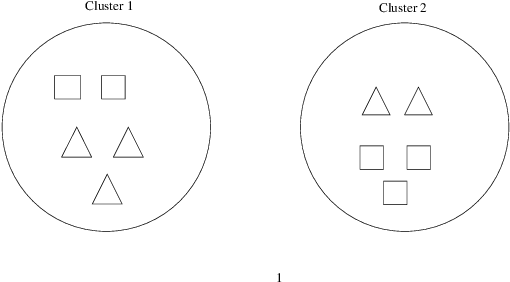Auto-detecting groups based on textual similarity for group recommendations
Paper and Code
Jul 15, 2021



In general, recommender systems are designed to provide personalized items to a user. But in few cases, items are recommended for a group, and the challenge is to aggregate the individual user preferences to infer the recommendation to a group. It is also important to consider the similarity of characteristics among the members of a group to generate a better recommendation. Members of an automatically identified group will have similar characteristics, and reaching a consensus with a decision-making process is preferable in this case. It requires users-items and their rating interactions over a utility matrix to auto-detect the groups in group recommendations. We may not overlook other intrinsic information to form a group. The textual information also plays a pivotal role in user clustering. In this paper, we auto-detect the groups based on the textual similarity of the metadata (review texts). We consider the order in user preferences in our models. We have conducted extensive experiments over two real-world datasets to check the efficacy of the proposed models. We have also conducted a competitive comparison with a baseline model to show the improvements in the quality of recommendations.
 Add to Chrome
Add to Chrome Add to Firefox
Add to Firefox Add to Edge
Add to Edge